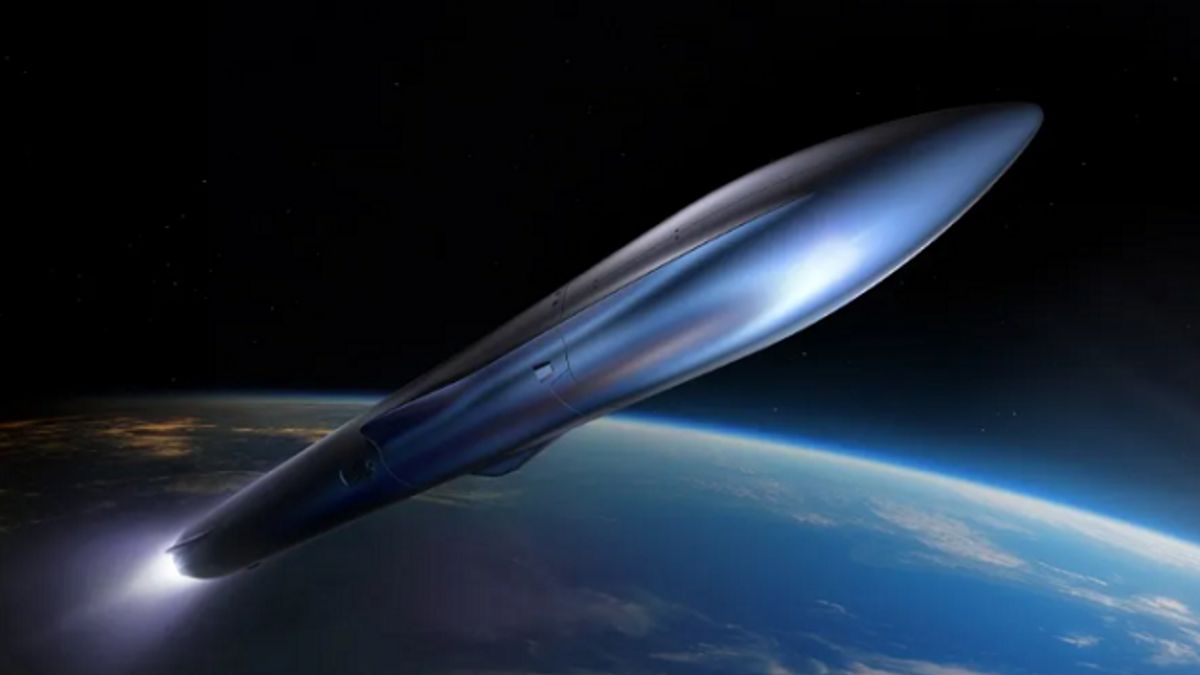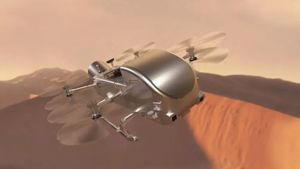JAKARTA - Relativity Space finally surrendered to Terran 1 after failing in three launch trials, now the company will switch to a larger rocket and of course stronger, Terran R.
In fact, this announcement is not surprising. This is because the company has long emphasized that Terran 1 is a road seeker for Terran R.
"Building momentum from the development and flight of Terran 1, Relativity shifts its focus to the design, development, and production of the next generation of Terran R launch vehicles," Relativists Space said on its official Twitter.
🧵“Good Luck, Have Fun” First Flight update. pic.twitter.com/gwPGMGEQry
— Relativity Space (@relativityspace) April 12, 2023
Previously, Terran R was designed to have a height of 216 feet and was able to lift loads of up to 22 tons to low Earth orbit (LEO), thanks to the first seven Aeon machines.
Now, Relativity Space will redesign a new Terran R which has a height of 270 feet above the ground featuring 13 Aeon in its first phase.
The new Terran R is able to bring up to 26 tons to LEO in reusable mode, or 37 tons if the first stage is issued. In comparison to SpaceX's Falcon 9 rocket, it can support 25.1 tons to LEO and is a reusable vehicle.
This type of rocket that can be issued is a new development, previously Terran R was referred to as a rocket that can be fully reused. Now, the company will only use the upper stage which can be disposed of or reused.
"I call it a priority for first-stage reuse, just because the economic benefits are much greater," co-founder and CEO of Relativity Space Tim Ellis told Ars Technica, quoted via Space, Thursday, April 13.
"And because we need to get into the market, and get a higher ramp rate as quickly as possible, it makes sense to focus the company's resources on that. This is a much more pragmatic initial solution."
Terran R is scheduled to launch for the first time in 2024, but the company turns it into 2026. Relativity Space is also targeting Terran R rockets using 3D printing materials of up to 95 percent, slightly different from Terran 1 which is 85 percent.
In its announcement to Terran R, the company also revealed the cause of the Terran 1 rocket failing to reach orbit. It is claimed that the main valve of the Aeon engine is open later than expected.
The engine's oxygen pump also does not produce pressure as planned, possibly due to a vapor bubble in the pump's entrance channel.
The English, Chinese, Japanese, Arabic, and French versions are automatically generated by the AI. So there may still be inaccuracies in translating, please always see Indonesian as our main language. (system supported by DigitalSiber.id)













